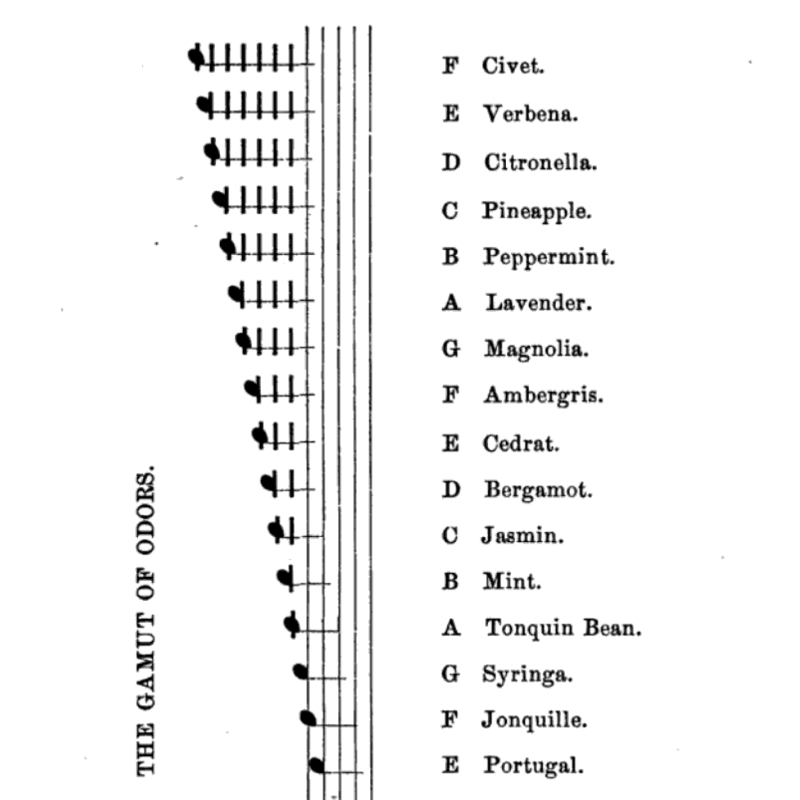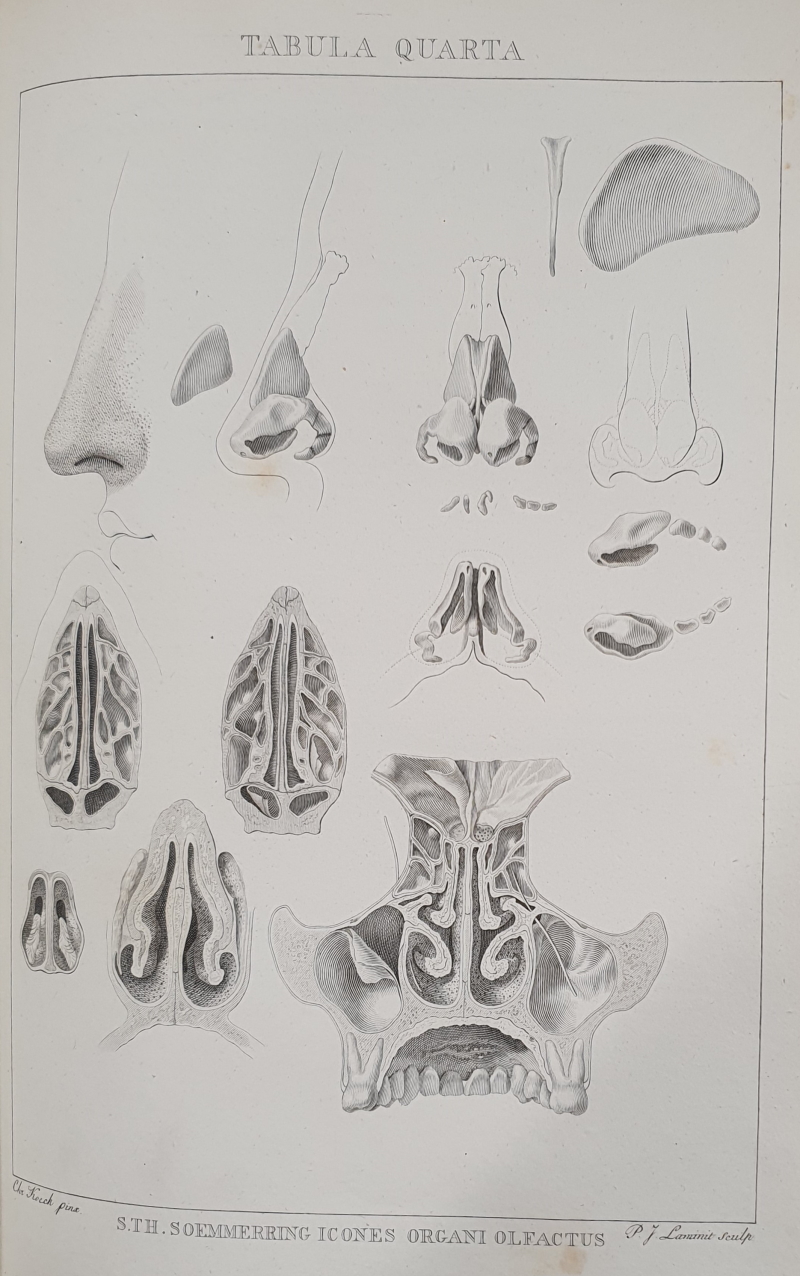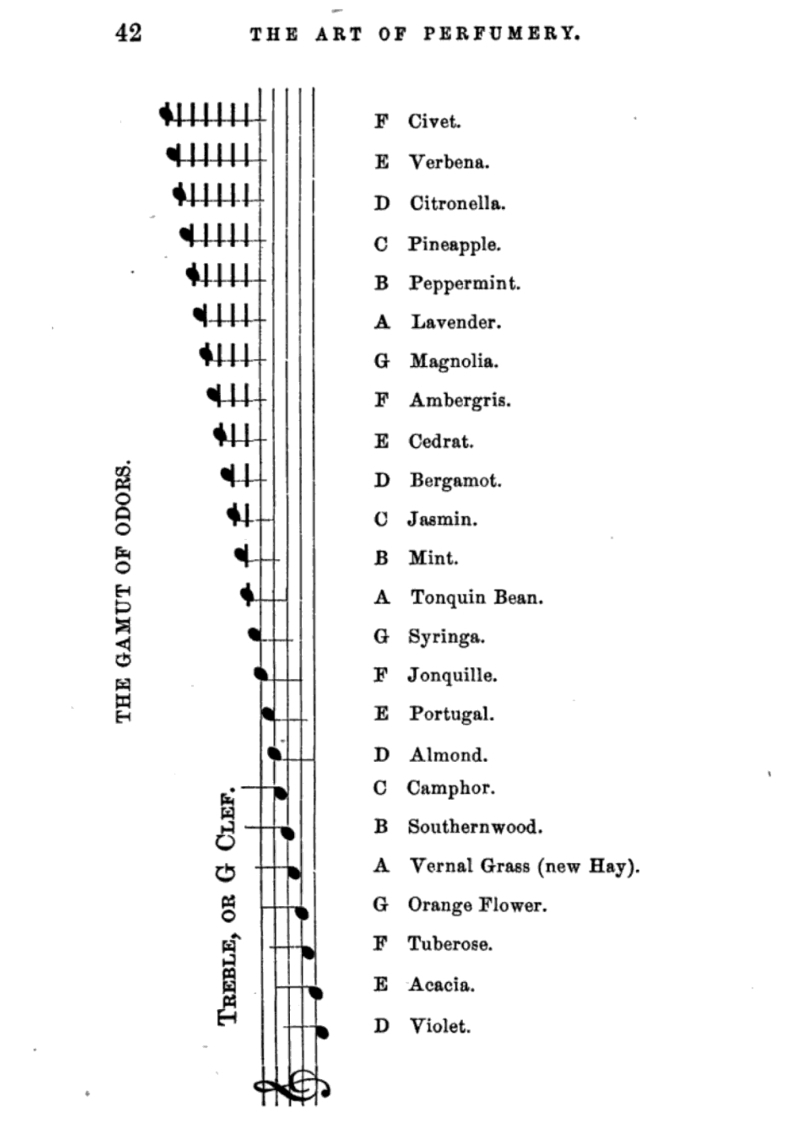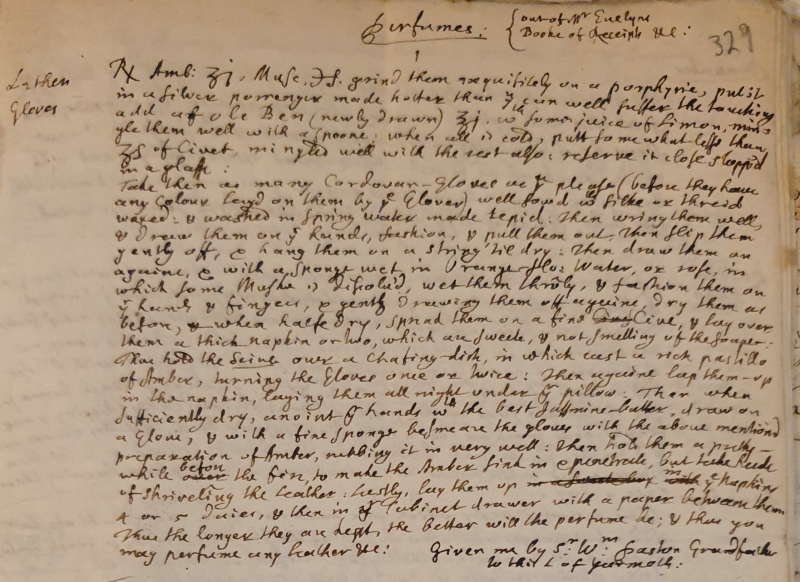Isabel Lauterjung goes on a ‘scent trail’ through the vaults of the Royal Society Library.

A couple of years ago, I completed an MSc dissertation on archiving and preserving smells. Anyone who has had the (mis)fortune of asking me about this will have been left in no doubt of my opinion that smell - the sense, its study and appreciation - is incredibly important.
Now that I’ve been with the Royal Society for roughly nine months, I’ve been able to get an idea of the sheer breadth of material stored in our archives (though I know I’m barely scratching the surface), and so I thought I’d go on a little ‘scent trail’ through our vaults. One of the first mentions of perfumes I came across was, unsurprisingly, in our copious collection of the papers of Robert Boyle, one of our Founder Fellows:
Taken from ‘Mr Evelyn’s Booke of Receipts & c.’, these perfume recipes were gathered from numerous people across the continent. They drew on a variety of ingredients and methods, such as the use of a ‘perfume pot’, orange blossom water or benzoin, a resin which is still used as fixative in perfumes today. Perfumes like these were not, however, used for making oneself smell better, but were part of a lengthy process to scent leather gloves, in a practice introduced from France by glover-perfumers. This would mask the somewhat unpleasant stench from the skins, originating from tanning agents such as fish oil. And of course, there’s the final item on Boyle’s famous 'To-do list' for seventeenth-century scientists. This list begins with the ambitious desire for ‘The prolongation of life’, but saves the best for last, in my opinion: ‘Varnishes perfumable by rubbing’. Or in other words, your good old scratch and sniff.
We now move forward a century or so and find some more in-depth investigations. Antonio Scarpa FRS first published his Anatomicae disquisitiones de auditu et olfactu (anatomical investigations on hearing and smelling) in 1789, and the Royal Society Library has a 1794 edition. The text became a leading treatise on the topic of smell, and was praised by contemporaries for the detail of its descriptions. Similarly, anatomist and physician Samuel Thomas Sommering ForMemRS produced his Icones organorum humanorum olfactus, containing depictions of the human organs of the sense of smell, in 1809. The anatomical detail of the drawings is remarkable:
 RCN R64052
RCN R64052
The nineteenth century also saw a growing interest in perfumery and a rise in commercialised perfume production. The Royal Society’s printed works collection contains an edition of Septimus Piesse’s magnum opus The art of perfumery, which detailed the methods of extracting scent from plants. Piesse is famously credited with introducing the idea of perfume ‘notes’ analogous to musical notes on a scale, as shown below. The book covered a wide variety of scented products in addition to regular perfumes such as mouthwashes, hair-dyes and smelling salts.
 RCN 59026
RCN 59026
Smell was studied from a different perspective in Air and rain: the beginnings of a chemical climatology (1872) by Robert Angus Smith FRS, who is credited with the discovery of acid rain via his research on the burning of coal in Britain’s northern cities. In his book, Smith examined the frequent complaints made about the offensive whiffs produced by a variety of manufacturing industries, and also claimed that the sense of smell could be instrumental in detecting carbonic acid in the air.
Another example of the sheer breadth of perspectives from which odours can be studied is found in the Council Documents series in our archives: in 1925, the Council of the Royal Society was presented with a report from the American Association of Economic Entomologists in which insects’ favourite smells were discussed! In the 1940s, pathologist and pharmacologist Howard Walter Florey FRS, most famous for his contributions to the development of penicillin, investigated how to control smell emitted from plasters while treating infected wounds, and developed a filter cloth to contain the odour.
The last few decades have seen further research into many different aspects of smell. A couple of books on our shelves, What the nose knows by Gilbert Avery and On the scent by Paolo Pelosi, chart this history of ‘smell science’, examining topics such as the importance of pheromones and how to accurately describe aromas. In the world of cultural heritage, there have been efforts to widen accessibility and engagement by appealing to senses other than sight. One of the most recent examples was an exhibition on scent in art at the Mauritshuis museum in The Hague. During the museum’s pandemic-related closure, would-be visitors could order a fragrance box containing scent pumps, some of them containing scents based on seventeenth-century formulas. Perhaps Robert Boyle would have recognised some of them…


